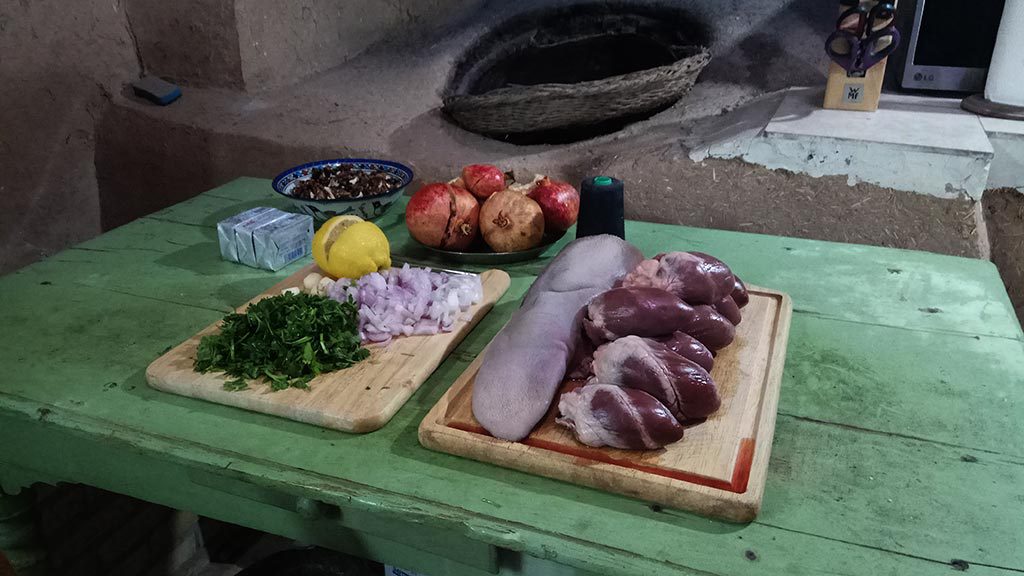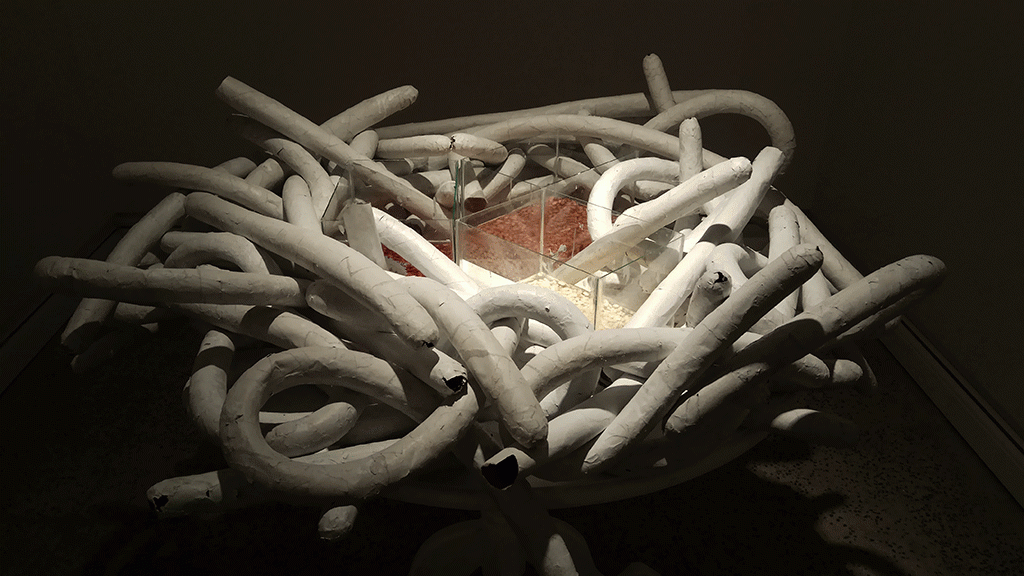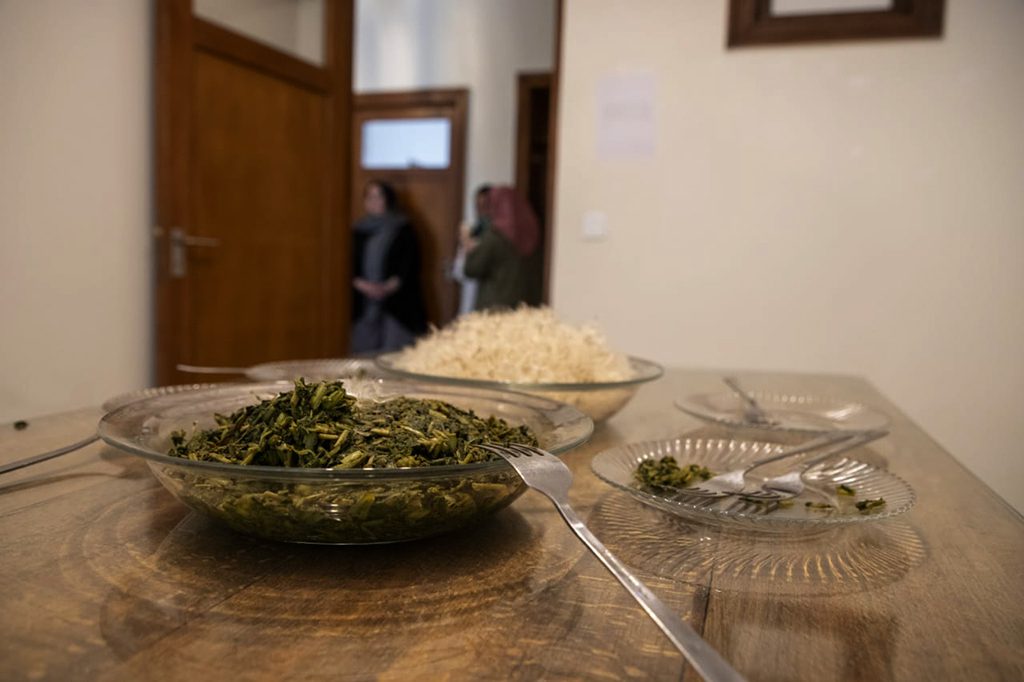The Food Project is a collaborative, interdisciplinary project that addresses food, consumption, agriculture, social media, and aesthetics. This project is designed in a place-oriented way and deals with the issue of food through artistic and scientific perspectives. My belief and approach is that, firstly, food and cooking can, as an independent artistic medium, discover and present aspects and aesthetic qualities in a public sphere that are not possible in a field other than art, and second, that being interdisciplinary allows us to do so. It allows us to move from monologue and production of calligraphy to dialogue-oriented and multifaceted and active knowledge. In this project, special attention is paid to environmental issues, climate and climate change, agriculture, food and quality of consumption, popular culture and oral conversations with people, history, geography, literature and art, and the type of life of the people in each area. It becomes. We intend to take a critical look at environmental phenomena and environmental problems through the lens of food and agriculture.
The project studies agriculture, nutrition, climate, and culture of a region in two scientific and artistic sections, and after collecting scientific and cultural data, this data leads to writing new recipes appropriate to the culture and geography of that city or district. On the one hand, these recipes pay attention to improving the quality of food, and on the other hand, from an artistic and aesthetic point of view, they try to act and challenge the existing conditions of the area in question, and deal with the issues faced in research with a critical attitude. This project is a collaborative project in the category of process arts, and recipes will be just part of the final will of each project. The type of project presentation, depending on the location, based on environmental conditions and data obtained can be presented in the form of various mediums such as execution art, layout art, photography, and design and generally in an interdisciplinary form.
Cultural and artistic research includes collecting traditional recipes, talking to locals about local food and customs, designing and photographing nature and the city to record and collect data, and searching for local literature, poetry, and art.The scientific concepts relating to food and agriculture, are deeply associated with other disciplines including geography, socioeconomics, history, communities’ culture, and art.
During the years, the microclimates of the locations in which the human colonies settled, have undergone a continuous change. Starting with the local species and varieties of crop plants, and any natural off springs of the available flora and fauna, the first food ingredients were introduced to indigenous people. Agriculture and its tools were created according to their necessity. The ability to recognize the suitability of cultivating distinct crops or breeding livestock, led to spread of agriculture to other similar regions and growing of the population. the environmental consequences of exploitation of resources, such as water scarcity, soil erosion, and general trend in ecosystems’ alteration, made people to explore new food and lifestyle, still craving for their traditional taste and culture.
In recent decades, several approaches have been applied to save the residuals of the past agricultural and especially food traditions. Although this concept is not definable without considering all its aspects; sustainability is an appropriate expression that takes into account the environmental, economic, and social pillars. Artistic solutions and visions to the partial extinction of food traditions, has roots in all these pillars. On the other hand, the role of science in presenting the issues of topographic alterations, climate change, and suitability modifications of a region for a certain agroecosystem, is undeniable.
In the agricultural science division of the study, several maps processed by satellite remote sensing will be provided to assess the suitability of the location for cultivating the local products traditionally planted. Additionally, topographic studies including the slope, aspect, elevation, surface water, soil characteristics, and any other specific criteria based on the scientific literature of the area will be used to facilitate the interpretation of the conditions. Google Earth Engine, QGIS, ArcGIS, and any other software or platform able to perform a better visualization of the coordination of interest will be used. These methods could be useful to invent solutions to the issues of fading food culture and local foods, by studying the environmental and geographical changes in a time frame.
Mahmoud Maktabi | Sara Maktabi




